Home>Gardening & Outdoor>Landscaping Ideas>How To Regrow Burnt Grass
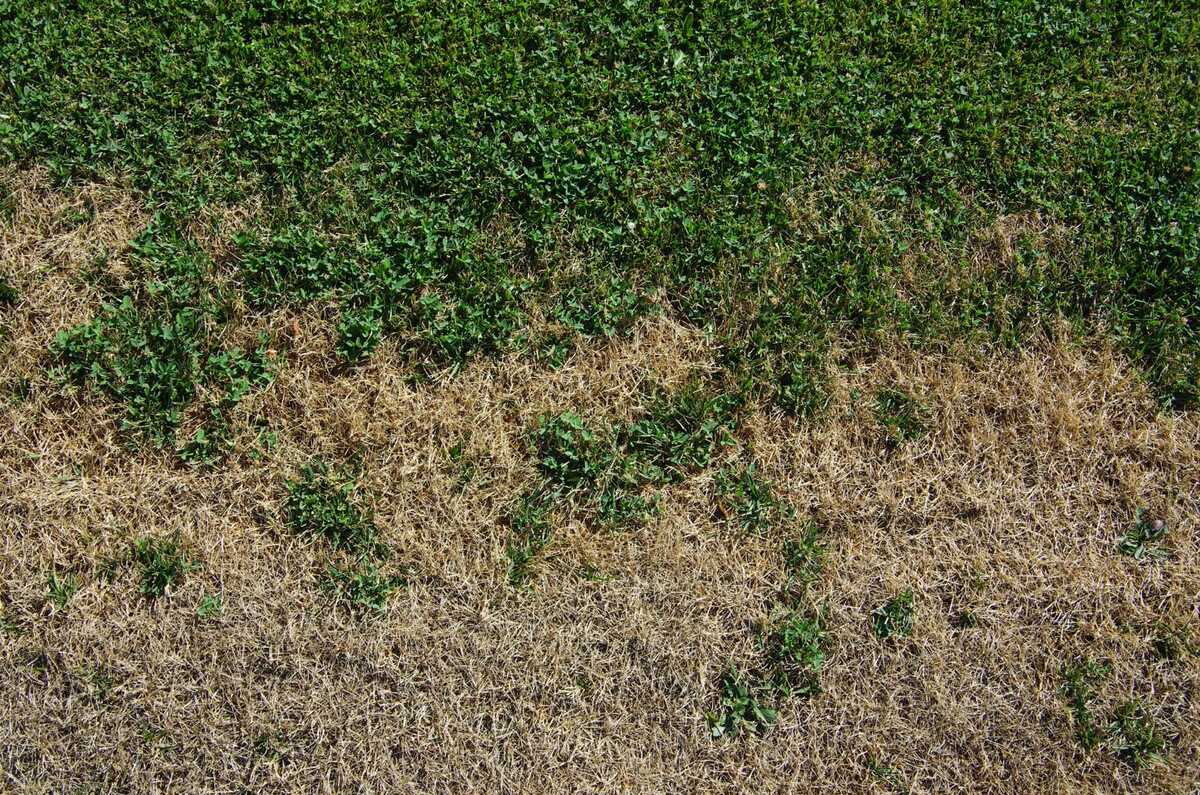

Landscaping Ideas
How To Regrow Burnt Grass
Modified: October 19, 2024
Learn effective landscaping ideas to regrow burnt grass and restore the beauty of your lawn. Discover expert tips and techniques for successful grass regeneration.
(Many of the links in this article redirect to a specific reviewed product. Your purchase of these products through affiliate links helps to generate commission for Storables.com, at no extra cost. Learn more)
Introduction
Welcome to the ultimate guide on regrowing burnt grass! A lush, green lawn is the pride of any homeowner, but maintaining its beauty can be a challenge, especially when dealing with the unsightly aftermath of burnt grass. Whether the scorching heat of summer, chemical spills, or pet urine has left your lawn in a sorry state, fear not – with the right knowledge and a bit of effort, you can revive your grass and restore it to its former glory.
In this comprehensive guide, we’ll delve into the causes of burnt grass, explore the science behind its damage, and provide you with practical steps to regrow and rejuvenate your lawn. Additionally, we’ll share valuable tips for maintaining healthy grass to prevent future damage, ensuring that your outdoor space remains a vibrant and inviting oasis for years to come.
So, grab your gardening gloves and let’s embark on a journey to transform your lawn from a barren patch to a verdant paradise!
Key Takeaways:
- Revive burnt grass by removing dead patches, aerating soil, overseeding, and providing adequate water and fertilizer. Monitor regrowth and integrate care into regular maintenance for a lush, vibrant lawn.
- Prevent burnt grass by proper watering, mowing, soil testing, weed control, and caution with chemicals and pet urine. Adapt care to seasons for a resilient, thriving lawn.
Read more: How To Regrow Grass After Weed Killer
Understanding Burnt Grass
Before we delve into the remedies, it’s crucial to understand the underlying causes and the science behind burnt grass. Burnt grass typically manifests as brown, dry, or dead patches on your lawn, and it can result from various factors, including extreme weather, chemical exposure, and pet urine.
1. Heat Stress: The scorching heat of summer can take a toll on your grass, causing it to dry out and turn brown. Prolonged exposure to high temperatures without adequate moisture can lead to severe damage, leaving your lawn looking parched and lifeless.
2. Chemical Spills: Accidental spills of harsh chemicals such as gasoline, oil, or concentrated fertilizers can cause localized burning of the grass. These substances can strip the grass of essential nutrients and water, resulting in visible damage and discoloration.
3. Pet Urine: While our furry friends bring joy to our lives, their urine can wreak havoc on the lawn. The high nitrogen content in pet urine can create concentrated spots of burnt grass, often surrounded by healthier green patches, creating an unsightly contrast.
When grass is burnt, it’s a sign that the delicate balance of nutrients, water, and sunlight has been disrupted, impeding the grass’s ability to thrive. Understanding these causes is the first step toward implementing effective solutions to revive your lawn.
Now that we’ve unraveled the culprits behind burnt grass, let’s move on to the actionable steps you can take to regrow and rejuvenate your lawn.
Steps to Regrow Burnt Grass
Regenerating burnt grass requires a systematic approach that addresses the specific needs of your lawn. By following these steps, you can kick-start the recovery process and nurture your grass back to health:
- Assess the Damage: Begin by evaluating the extent of the damage to your lawn. Identify the areas with burnt grass, noting the severity of discoloration and dryness. This assessment will guide your treatment plan and help you track the progress of regrowth.
- Remove Dead Grass: Use a rake or specialized dethatching tool to gently remove the dead and dry grass from the affected areas. This step is crucial for allowing new growth to emerge and preventing the spread of decay.
- Aerate the Soil: Aerating the soil promotes better air circulation, water absorption, and nutrient uptake for the grassroots. Use a garden fork or aeration tool to perforate the soil, alleviating compaction and creating an optimal environment for new grass to take root.
- Overseed the Area: Select high-quality grass seed that matches the existing turf, and generously overseed the damaged areas. Rake the soil lightly to cover the seeds, and water the area thoroughly to initiate germination.
- Provide Adequate Water: Proper hydration is essential for the regrowth of burnt grass. Water the affected areas regularly, ensuring that the soil remains consistently moist but not waterlogged. Monitor the moisture levels and adjust your watering schedule as needed.
- Apply Fertilizer: Introduce a balanced fertilizer to replenish the soil with essential nutrients. Opt for a slow-release or controlled-release fertilizer to sustainably nourish the regenerating grass without causing excessive growth.
- Monitor and Maintain: Keep a close eye on the regrowth progress, observing the emergence of new grass and adjusting your care regimen accordingly. As the grass regains its vigor, gradually integrate it into your regular lawn maintenance routine to ensure long-term health.
By diligently following these steps and providing attentive care, you can encourage the revival of your burnt grass and witness the gradual transformation of your lawn into a lush, vibrant expanse once more.
Water the burnt grass deeply and regularly to promote new growth. Use a rake to remove dead grass and aerate the soil. Apply a layer of grass seed and keep the area moist until new grass begins to grow.
Tips for Maintaining Healthy Grass
Preventing future instances of burnt grass and nurturing a consistently healthy lawn requires ongoing maintenance and proactive measures. Consider these valuable tips to safeguard the vitality of your grass:
- Proper Watering: Establish a regular watering schedule, aiming for deep, infrequent watering sessions to encourage deep root growth. Early morning is an ideal time to water the lawn, minimizing water loss due to evaporation.
- Mowing Practices: Adjust your mower to a suitable height for your grass species, ensuring that you never remove more than one-third of the grass blade length in a single mowing session. Taller grass shades the soil, retains moisture, and promotes robust growth.
- Soil Testing: Periodically test your soil to assess its nutrient levels and pH balance. Based on the results, amend the soil with targeted fertilization and pH adjustments to create an optimal environment for healthy grass growth.
- Weed Control: Stay vigilant against weeds that can compete with your grass for resources. Implement targeted weed control measures and promptly remove any invasive plants to maintain the integrity of your lawn.
- Avoid Chemical Spills: Exercise caution when handling chemicals near the lawn, ensuring that fertilizers, pesticides, and other substances are applied carefully to prevent accidental spills or concentrated exposure that can harm the grass.
- Address Pet Urine: Dilute pet urine spots promptly by thoroughly watering the affected areas to mitigate the concentrated nitrogen impact. Encourage pets to use designated areas for urination to minimize localized damage to the grass.
- Maintain Sharp Mower Blades: Regularly sharpen your mower blades to ensure clean, precise cuts that promote grass health and reduce the risk of frayed, damaged grass tips.
- Seasonal Care: Tailor your lawn care practices to the changing seasons, adjusting watering, fertilization, and maintenance tasks to align with the specific needs of your grass during different times of the year.
By integrating these tips into your lawn care routine and staying attuned to the unique requirements of your grass, you can establish a resilient and thriving lawn that resists damage and flourishes throughout the seasons.
Conclusion
Congratulations on completing this comprehensive guide to regrowing burnt grass and maintaining a healthy, vibrant lawn. By gaining insight into the causes of burnt grass and learning the essential steps for regeneration, you’ve equipped yourself with the knowledge to transform your lawn from a distressed state to a flourishing oasis.
Remember, the key to a resilient and enduring lawn lies in proactive care, attentiveness to its needs, and a willingness to adapt your maintenance practices as required. As you implement the steps to regrow burnt grass and embrace the tips for ongoing maintenance, you’ll witness the gradual rejuvenation of your outdoor space, creating a welcoming and visually stunning environment for relaxation and recreation.
Embrace the journey of nurturing your lawn, and savor the satisfaction of seeing your efforts yield a lush, green expanse that enhances the beauty of your home. With each season, your lawn will evolve, reflecting the care and dedication you invest in its well-being.
So, go ahead – put your newfound knowledge into practice, and watch as your once-burnt grass transforms into a testament to your commitment to a stunning and healthy outdoor landscape.
Here’s to the joy of a thriving lawn and the fulfillment of creating a haven of natural beauty right in your own backyard!
Frequently Asked Questions about How To Regrow Burnt Grass
Was this page helpful?
At Storables.com, we guarantee accurate and reliable information. Our content, validated by Expert Board Contributors, is crafted following stringent Editorial Policies. We're committed to providing you with well-researched, expert-backed insights for all your informational needs.
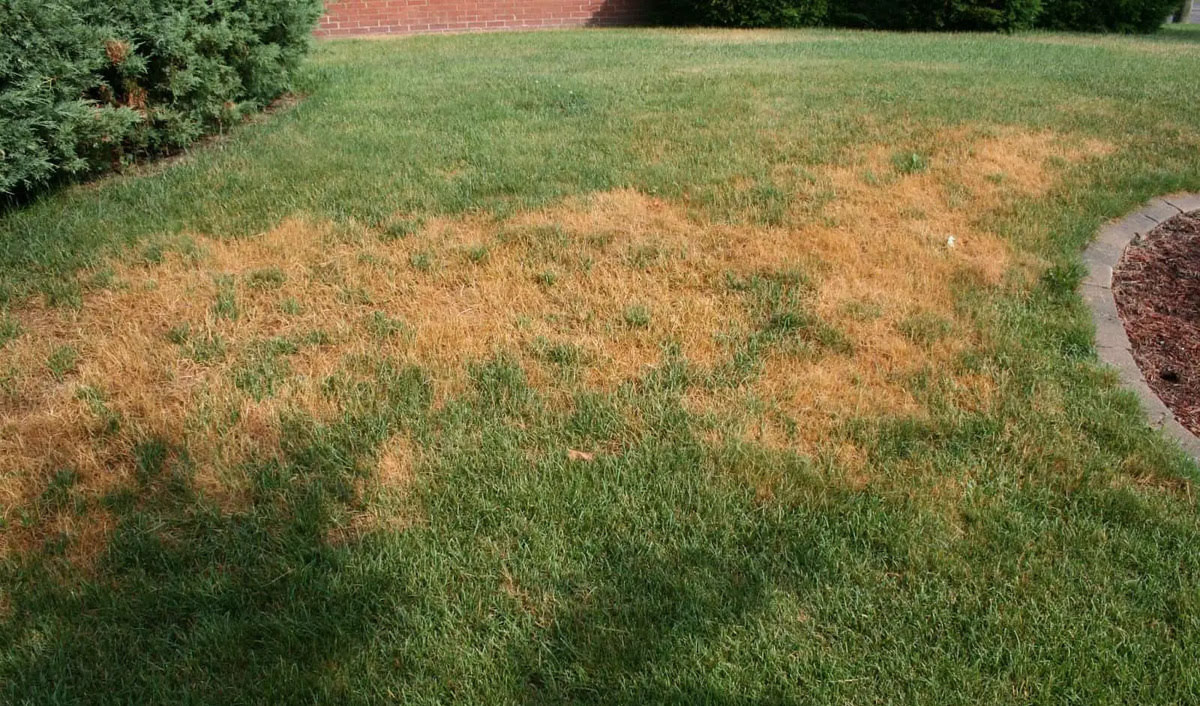
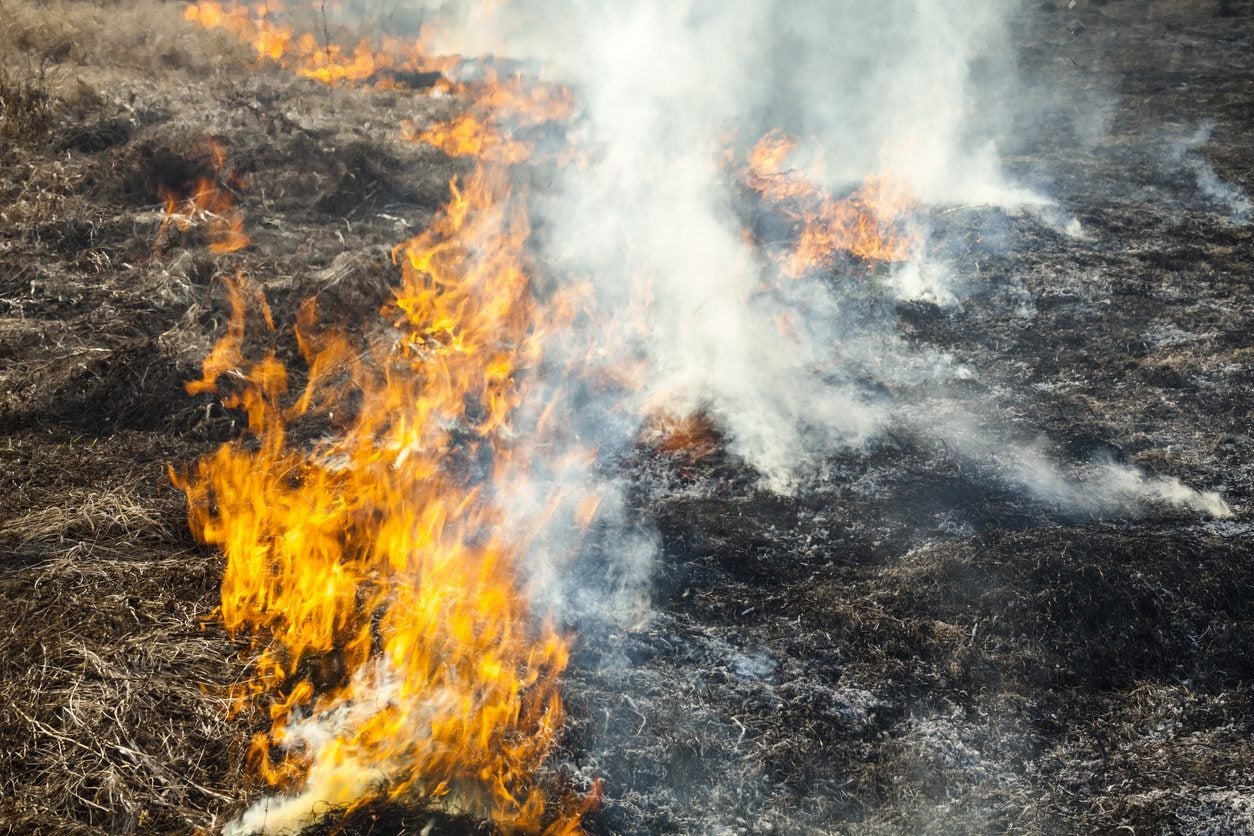

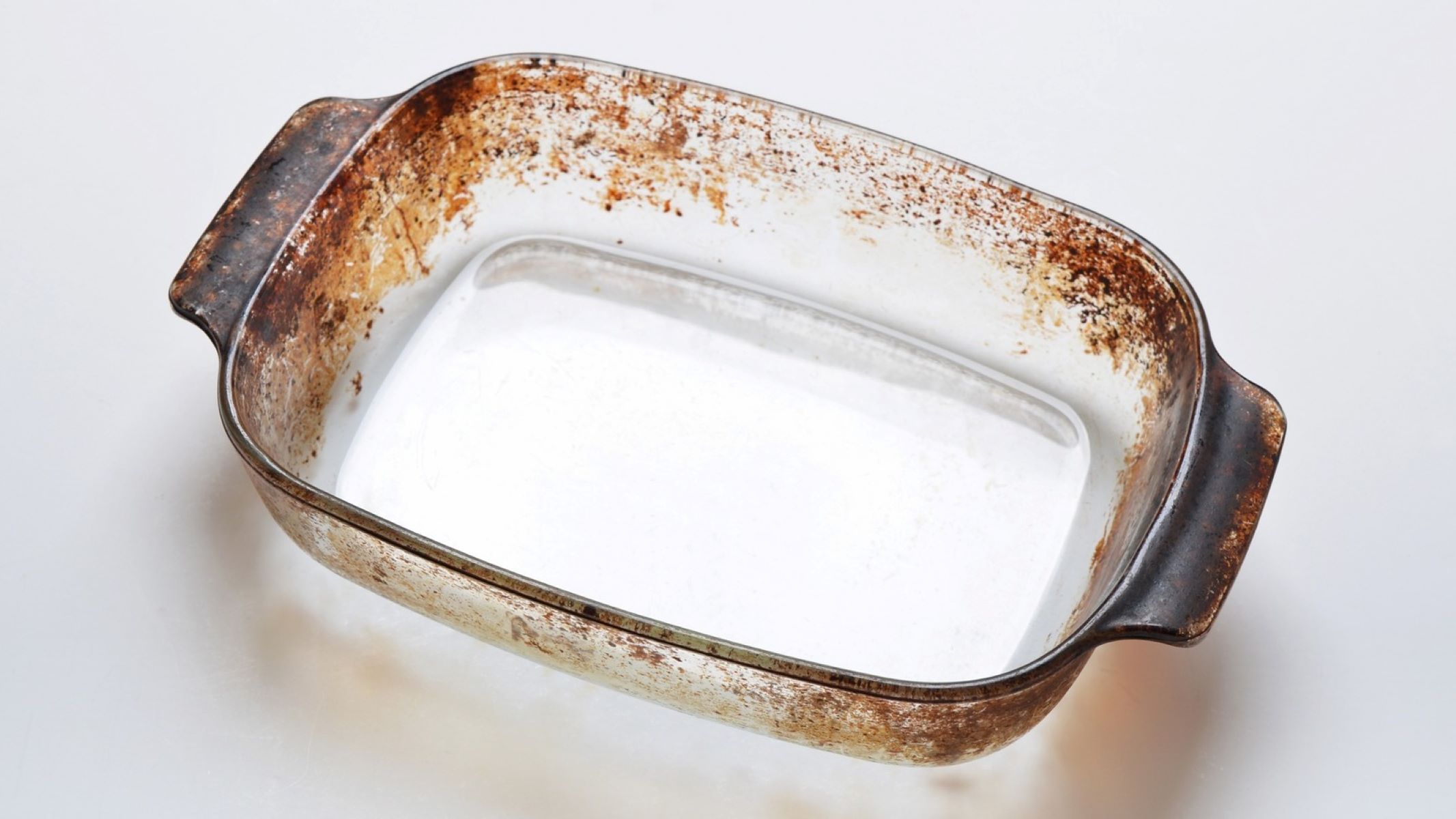
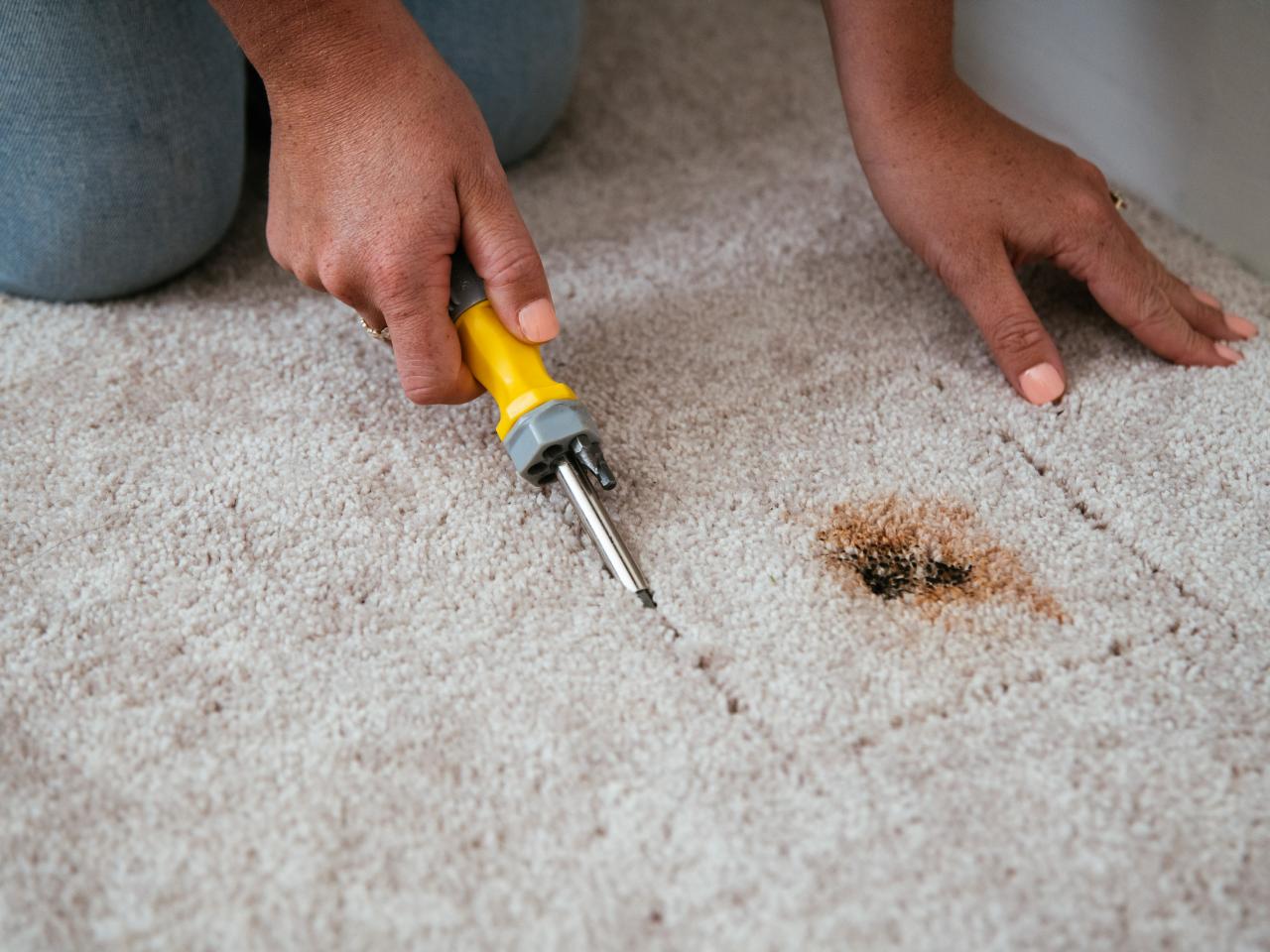
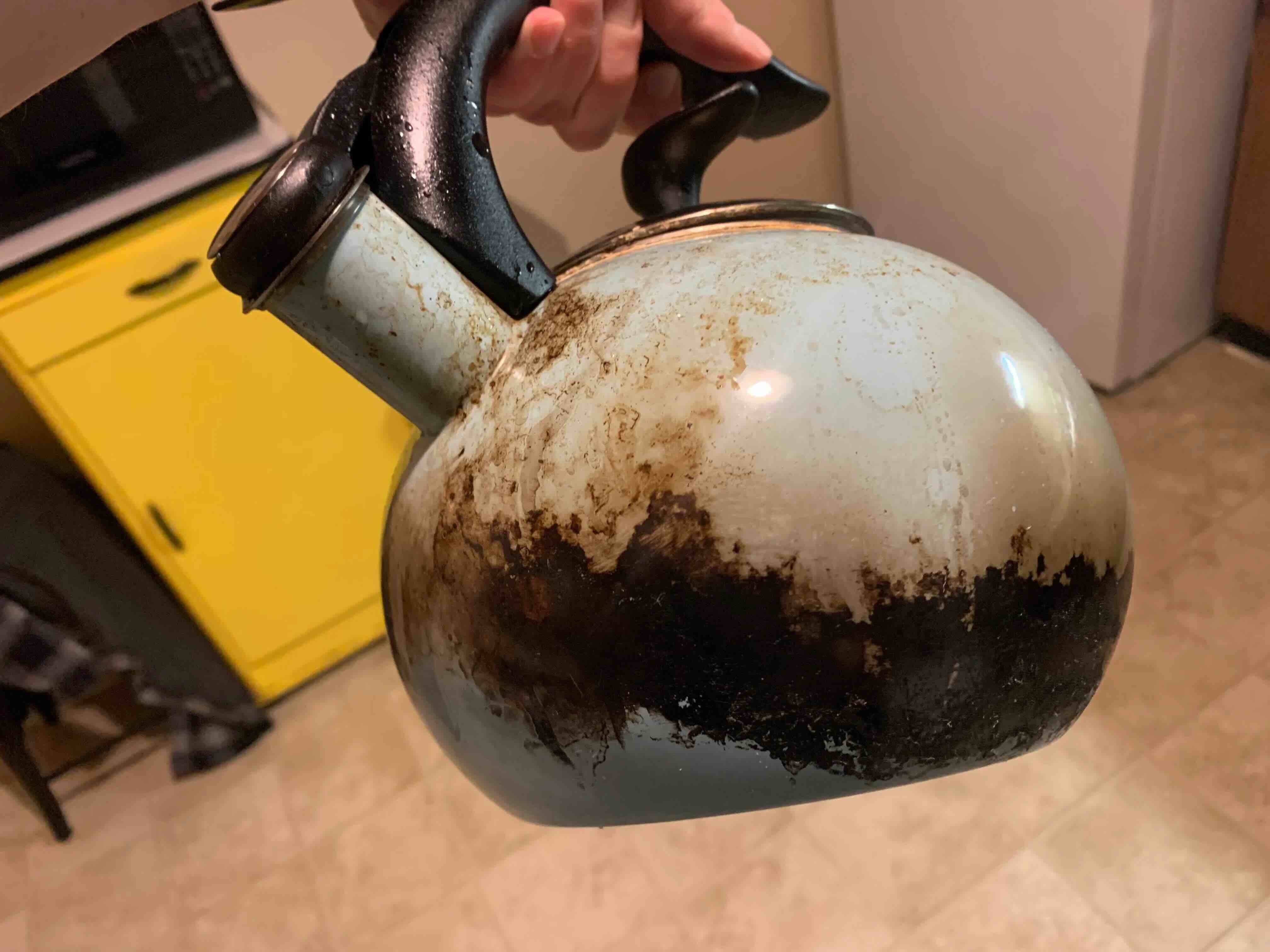
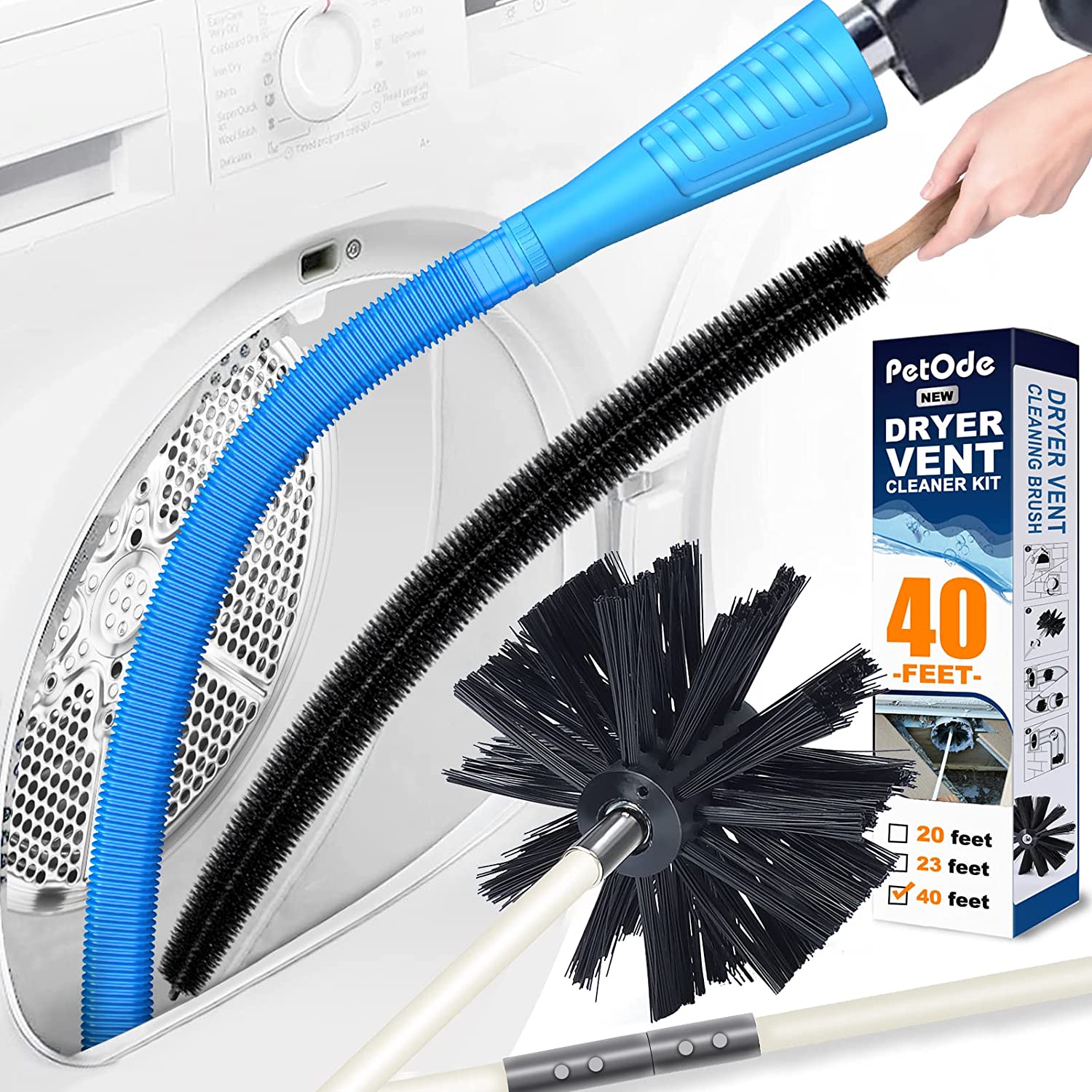
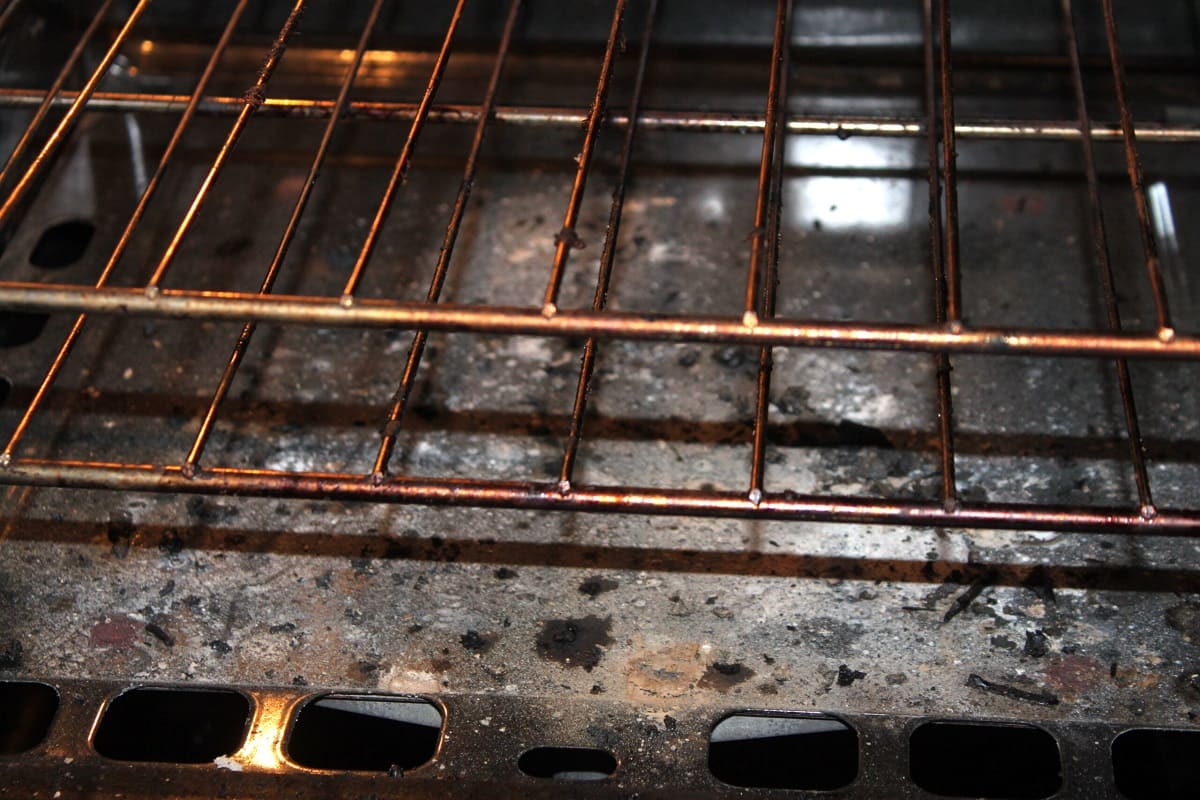
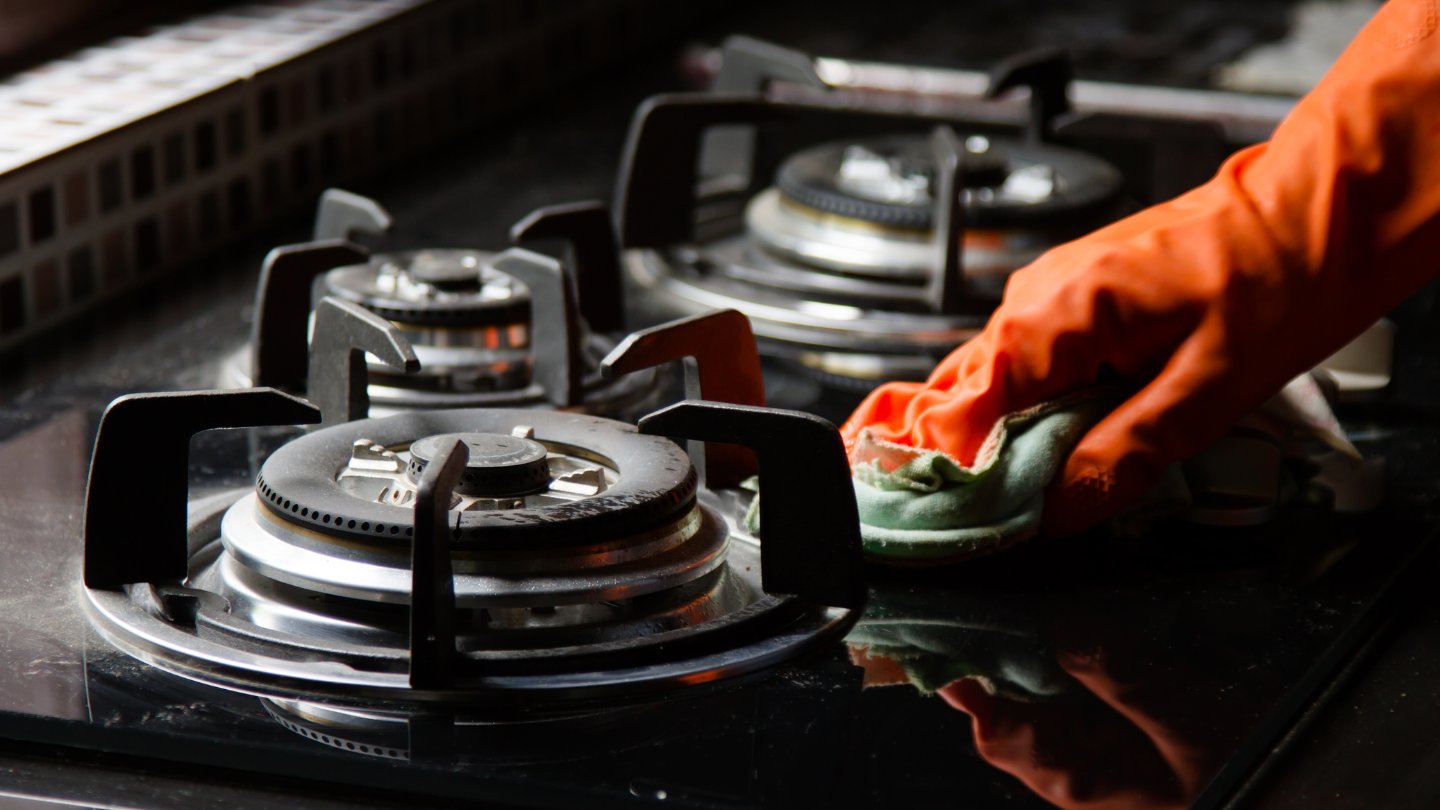
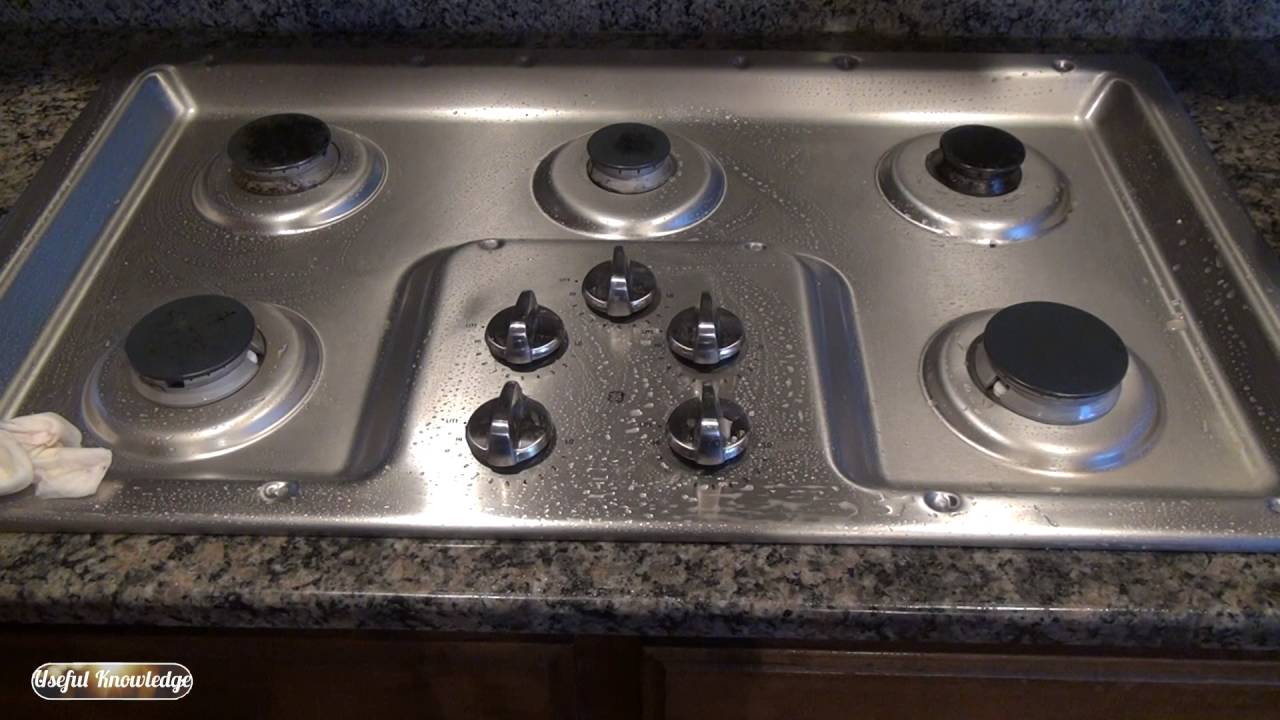

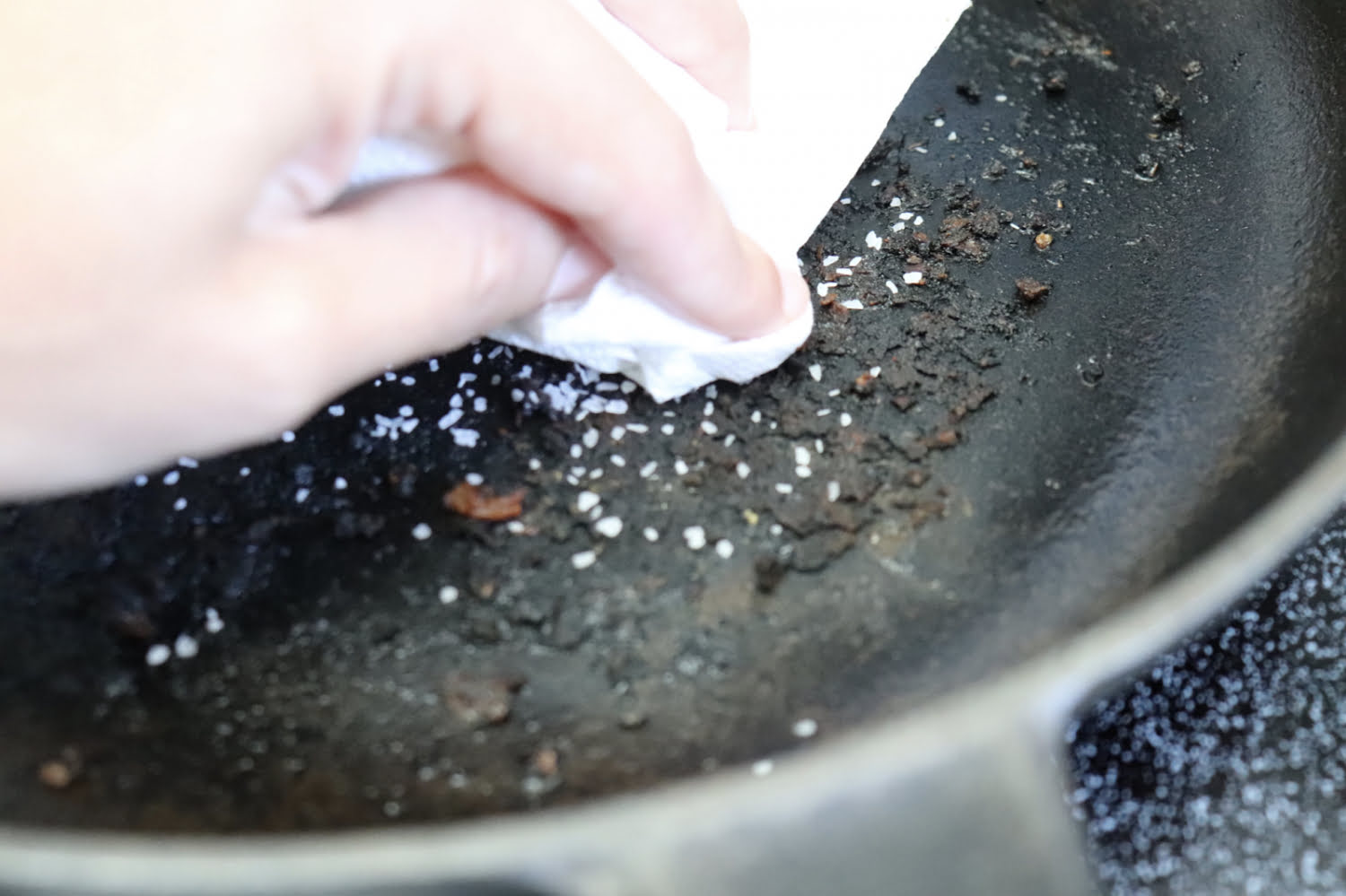
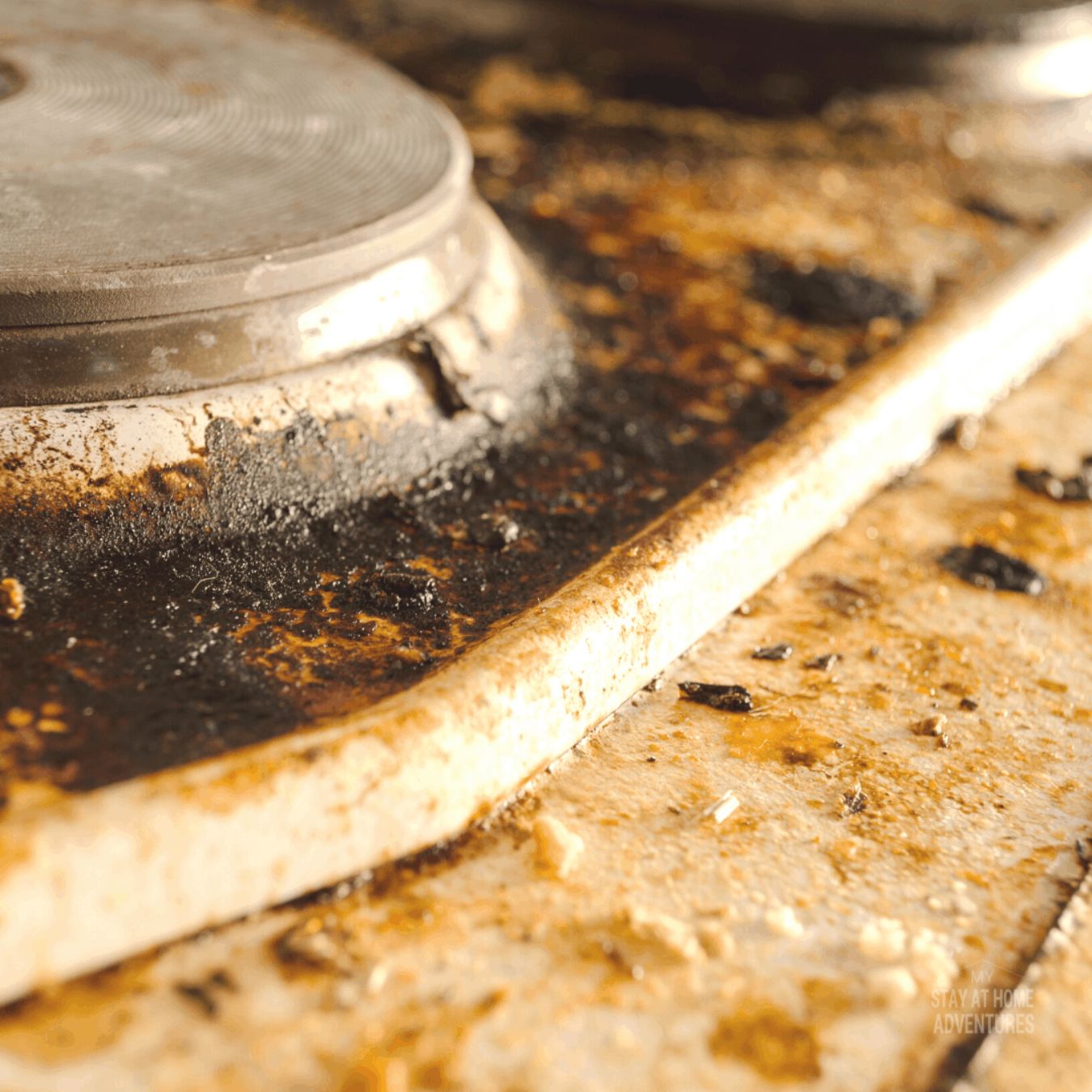
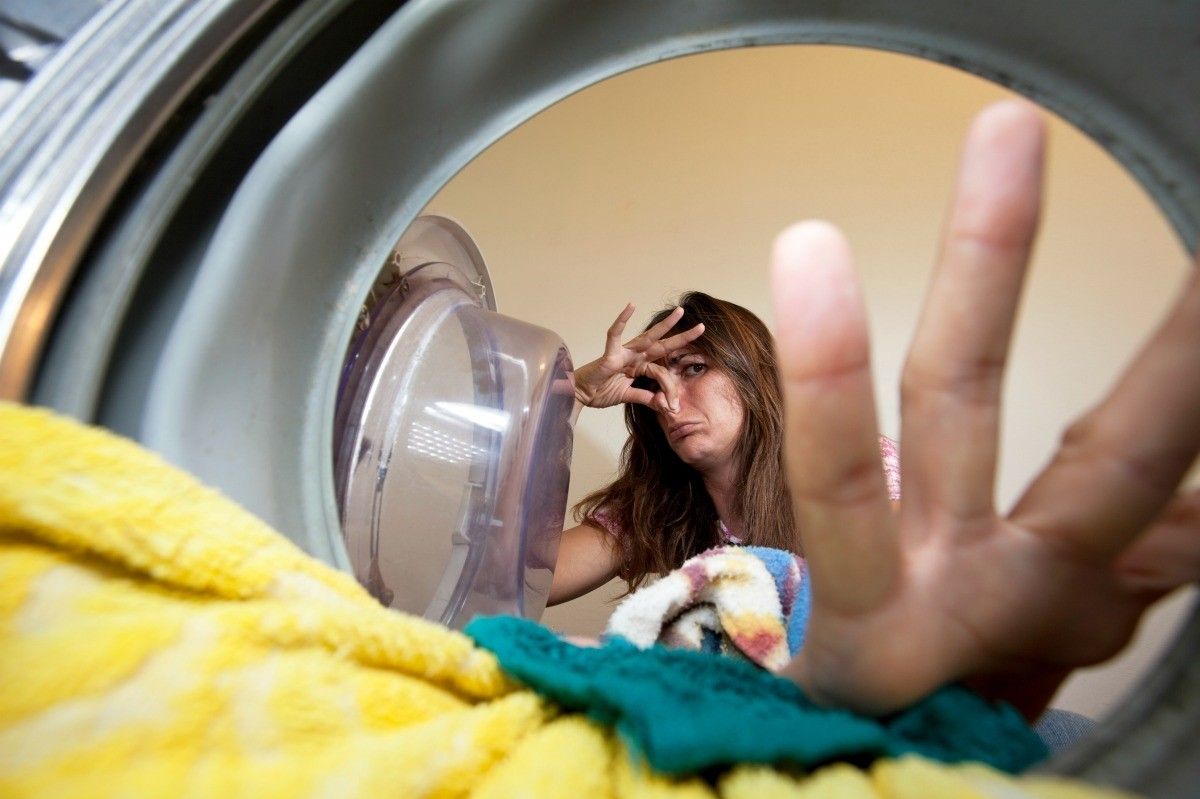


0 thoughts on “How To Regrow Burnt Grass”